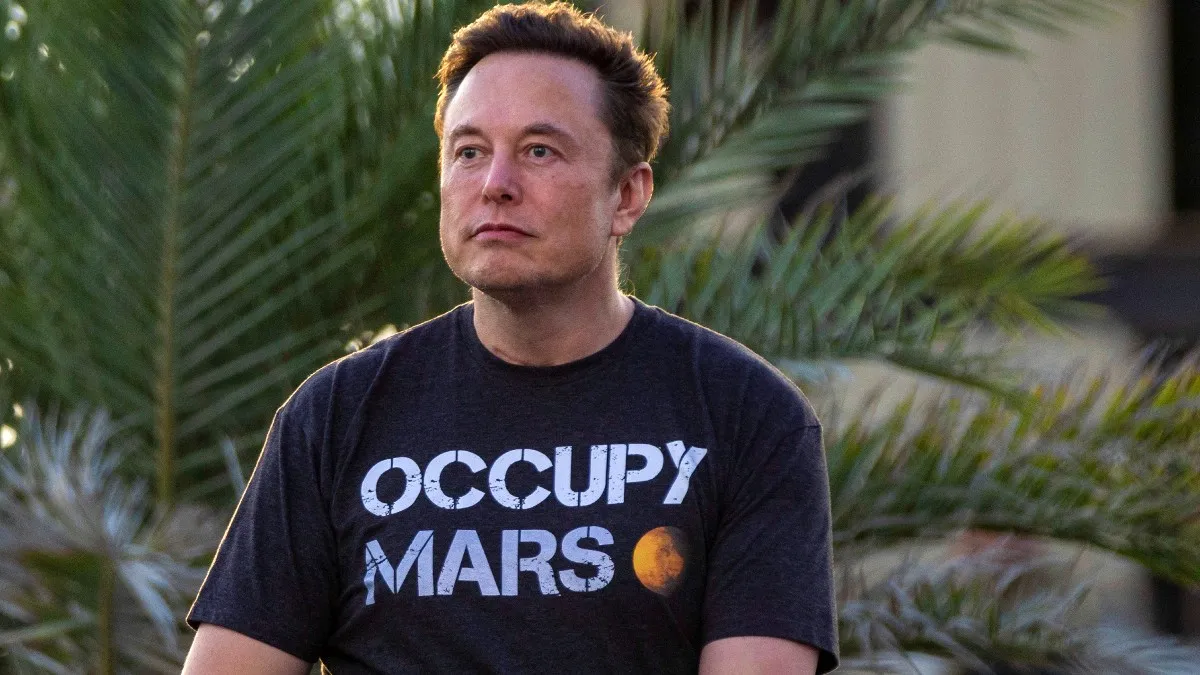The reveal, yesterday, that Google has been secretly testing autonomous cars brings an immediate vision of a world where cars are lighter (because they get in less accidents), consume less gas, can be summoned to your location without the need to find a local parking space; where freight trucks are empty of human life, cities are less congested, nobody drives drunk, and you can text behind the wheel to your heart’s content.
Unfortunately, even optimistic estimates expect that the technology will be ready for the regular market no earlier than 2019 or so. And that’s without factoring in the legal ramifications of autonomous driving.
After all, if an autonomous car gets in an accident, is it the driver’s fault, for not taking control? Or the designer’s fault for making a bad program?
“The technology is ahead of the law in many areas,” said Bernard Lu, senior staff counsel for the California Department of Motor Vehicles. “If you look at the vehicle code, there are dozens of laws pertaining to the driver of a vehicle, and they all presume to have a human being operating the vehicle.”
The cars tested by Google for 140,000 miles were determined to be street legal (at least by their lawyers), since it takes but a touch (of the steering wheel, a red button, or the breaks) to return control to the driver. The cars can navigate merging on the highway as well as pedestrian filled urban intersections, can be programmed to be cautious or agressive drivers, and speak in a “pleasant” female voice. The only accident Google’s cars have gotten into happened when one of them was rear-ended while stopped at an intersection.
According to the New York Times, Google co-founder Larry Page is a supporter of the use of safe “robotic vehicles to make highways safer and lower the nation’s energy costs.” However, at this point even Google isn’t sure how they’d make a business from the cars. The NYT suggested that they might sell the software that runs the cars to manufacturers, much in the same way that they currently offers the Andriod OS to mobile companies.
Also important: upon turning control over to the computer, Google’s cars make a “warp-jump” noise.
Read the whole story at the New York Times.








Published: Oct 10, 2010 12:55 pm